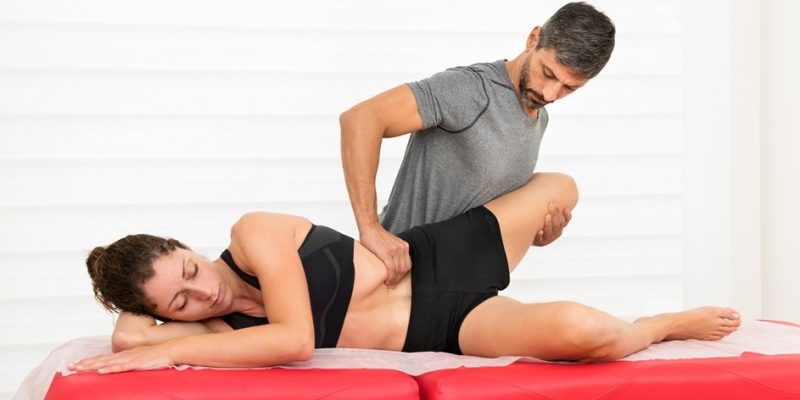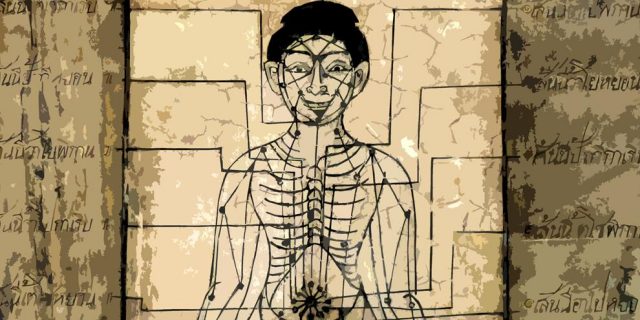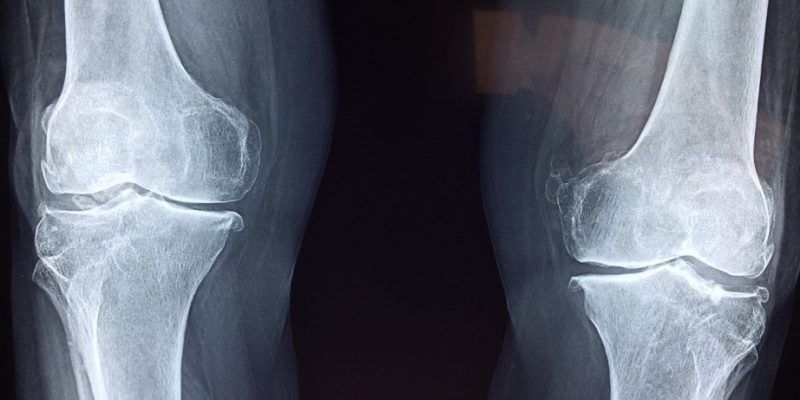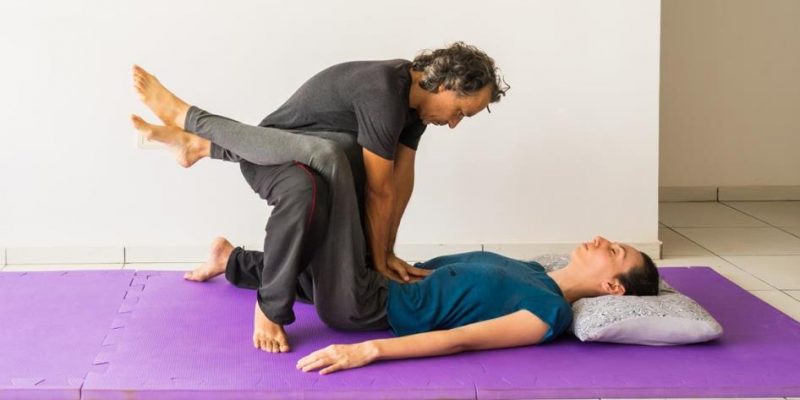
It sounds interesting, doesn’t it, “Integrative Thai Massage,” but integration with what? And how? Well, I’ve been doing some research on the topic, and in this post I’ll discuss a bit the things I’ve found in the jungle of “Integrative Thai Massage” offerings.
By the way, there are other synonymous labels used, such as Integrated Thai Massage, Integrated Thai Bodywork, Thai Integrative Bodywork, and the like.
What’s Behind the Idea of Integration

It’s a phenomenon not only apparent in the Thai Massage community but basically in all traditional, alternative, and complementary healing arts. What happens is the blending of both eastern energetic and Western “scientific” therapeutic methodologies. One could say — a kind of using “the best of both worlds.”
In itself nothing wrong with integrations, blends, hybrids and synthesis, but rather often practitioners integrate stuff they know very little about or had very little training in, and the obvious question is what exactly the results of such an approach are.
In any case, sometimes integrations are harmless or bring nothing extra whatsoever, sometimes they are simply dangerous, and other times right out hilarious. And perhaps, well, sometimes they really bring something extra or improvement. But let’s take a look at some examples.
Thai Massage Integration Examples
One of the integrations I encountered is the addition of so-called PNF Stretching (Proprioceptive Neuromuscular Facilitation Stretching) to Thai Massage. PNF uses active muscle contractions and external force to trick the muscle to go into a further stretch — you stretch the client, keep the stretch, let the client resist pushing back (but you hold the stretch) and then stretch further. So this is an integration with modern Western knowledge about stretching.
Another common integration I’ve spotted is that of Deep Tissue Massage and Thai Massage, well, basically a “blend” or “hybrid.” It combines deep pressure massage, Reflexology, and stretching. It’s mostly done on the massage table. In this type of establishments we often also find combinations or integrations with classic or Swedish Massage.
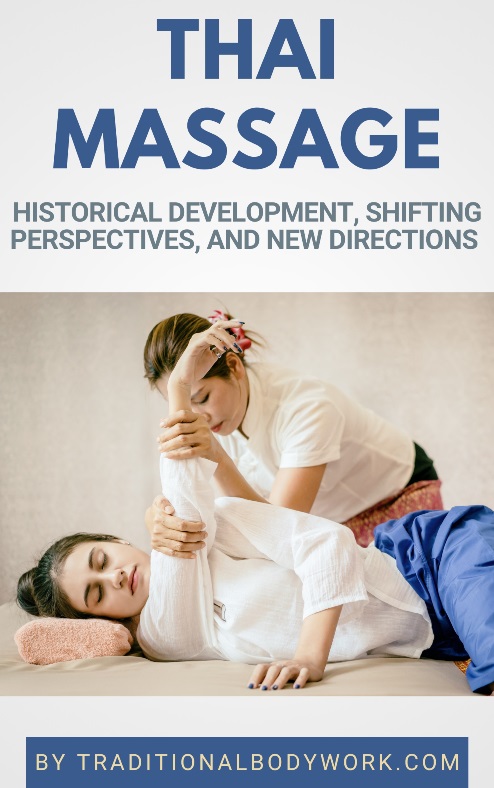
Then I’ve also bumped on a provider who offers movement and dance therapies to ease pain and increase mobility and range of motion. Between the various exercises the teacher applies Thai Massage stretches to the students and teaches them Thai Self-Massage.
A popular integration of Thai Massage is that into Sports Massage. It’s often not called Integrated Thai Massage, because Sports Massage is the main component of the treatment. Now, Sports Massage involves the manipulation of soft tissue of a person who does regular physical activity. It’s used to assist in correcting health problems that are caused from repetitive and strenuous activity and trauma. Thai Massage then is “inserted” with its broad toolkit of stretches to enhance the modality.
Some simply call the fact of Yoga-like stretches in Thai Massage an integration of Thai Massage and Yoga, and subsequently label their work Integrated or Integrative Thai Massage. Usually these types of practitioners or teachers would call this Thai Yoga Massage or Thai Yoga, but okay, some choose otherwise.
I also saw Integrative Thai Bodywork that uses “Thai Massage with structural bodywork and somatic movement,” and then I’ve encountered all kinds of mixtures and blends of so-called “Integrated Thai Bodywork” that mesh-up Thai, Chinese and Japanese techniques as well as TCM concepts with an outlook of Western therapeutics. Yep.
My “Integrated” Conclusion
Well, with the above I just gave some examples of what is called Integrated Thai Massage. And by now, I suppose, you got the picture. It’s just a common denominator for using Thai Massage together with other types of massages, energy or bodywork, or the other way around.
What exactly is mixed-up is a free play-field left to the interpretation, imagination and tools at hand of the therapist. Everything is possible. If it’s useful, responsible, and safe is the big question, and I’ll leave the answer to that to the clients, official accreditation and certification bodies, and hospital emergency rooms, and such.








